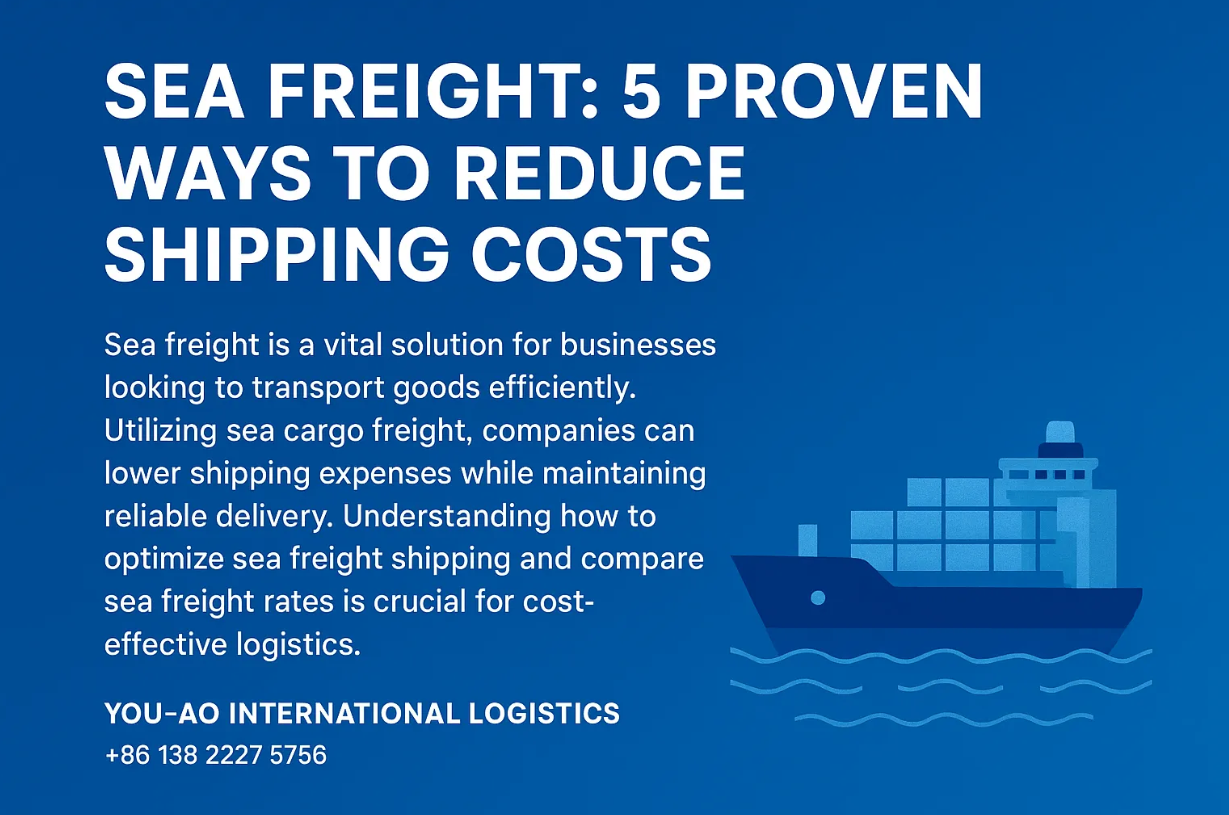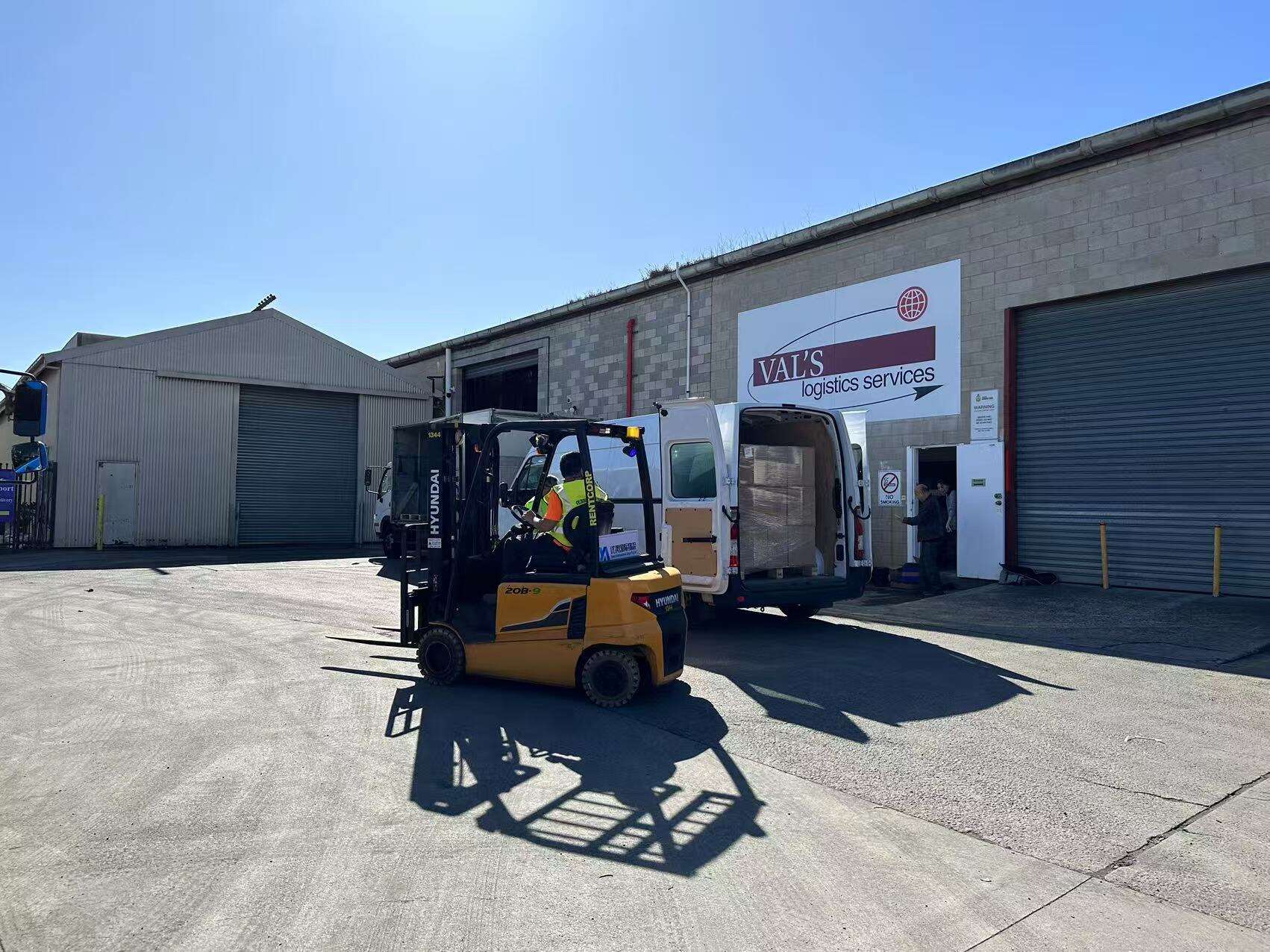Leverage Route Optimization to Reduce Fuel and Operational Expenses
How Rising Fuel and Labor Costs Drive Demand for Intelligent Route Planning
Fuel costs now take up around 24% of what companies spend on transporting goods according to the American Trucking Associations report from last year, while drivers are getting paid about 8.6% more each year too. This has logistics managers scrambling to find better ways to plan their trips. The good news is there are these dynamic route planning systems out there that cut down on wasted miles and those frustrating moments when trucks just sit idling. These tools look at current traffic conditions and where drivers actually are before mapping out deliveries. Companies using them typically see savings because they're tackling those two big money drains head on.
Using Real-Time Data and GPS Analytics for Dynamic Route Adjustments
With advanced GPS tracking technology, trucking companies can now avoid roadblocks like accidents, bad weather, or unexpected pickup orders that pop up at the last minute. Some research from earlier this year indicated that businesses which kept tabs on real-time traffic conditions managed to cut down on wasted fuel by roughly 12%. They did this mainly by maintaining steady speeds instead of constantly stopping and starting. The best part? These smart navigation systems know how to handle both urgent deliveries and efficient routing at the same time something absolutely necessary when transporting things that spoil easily or need to arrive within specific time windows. Plus, all this tech helps get better mileage out of each vehicle in the fleet.
Case Study: Logistics Company Cuts Mileage by 18% with AI-Powered Routing
One major shipping company recently started using machine learning to look at past delivery data along with current road info. After about half a year, their new system cut down on roughly 2,800 extra miles every week for all those big trucks they operate. That translated into saving around $360,000 worth of diesel fuel each year. The smart algorithm actually focused on finding roads that weren't too steep going up or down, and it also made sure empty trailers got picked up again somewhere else so nothing went wasted. Pretty clever stuff when you think about it.
Integrating Transportation Management Systems (TMS) for Automated Dispatch and Tracking
Modern TMS platforms reduce manual planning errors by 64% through automated load assignments and driver communication tools. Key features include:
| Optimization Factor | Cost Impact |
|---|---|
| Multistop sequencing | 9-14% fuel reduction |
| Dock appointment sync | 23% fewer wait times |
| Hours-of-service compliance | 17% overtime avoidance |
These integrations create auditable efficiency logs useful for carrier negotiations and sustainability reporting.
Best Practices: Scheduling and Monitoring Routes for Continuous Efficiency Gains
- Cluster deliveries within 15-mile radius zones using geofencing
- Benchmark routes weekly against industry fuel efficiency standards
- Train drivers on eco-driving techniques proven to lower consumption by 7-11%
- Audit routing software outputs monthly for seasonal adjustments
Proactive fleets combining these strategies with TMS automation consistently achieve 18-26% lower operating costs than manual planning approaches.
The Cost Impact of Underutilized Truck Capacity in Freight Transport
Underutilized truck capacity remains a critical inefficiency in freight transport, costing the industry $42 billion annually in wasted fuel, labor, and maintenance (Logistics Trends Report 2024). Trucks operating below 80% capacity increase per-unit shipping costs by up to 34%, especially for partial loads requiring frequent stops.
Optimizing Weight, Volume, and Packaging for Higher Load Efficiency
Advanced pallet configuration tools and lightweight packaging materials improve cargo density by 19-28%, directly reducing trailer space waste. Adopting nestable containers or cross-docking workflows minimizes dead space while protecting fragile goods. A 2024 study found that 63% of shippers using automated load planning software achieved 95% trailer utilization-up from 73% with manual methods.
Case Study: Retail Distributor Reduces Shipments by 27% Through Consolidation
A national home goods supplier eliminated 1,200 annual shipments by consolidating regional deliveries into biweekly full truckloads. By aligning orders from four warehouses into a single hub-and-spoke model, they reduced fuel consumption by 31% and cut last-mile handling fees by $188,000/year.
Adopting Zone Skipping to Minimize Handling and Transit Time
Zone skipping bypasses intermediate distribution centers by shipping bulk freight directly to destination hubs. This strategy lowers per-pallet costs by $12-18 and reduces average transit times by 1.7 days, as demonstrated by FST Logistics in their 2023 intermodal optimization project.
Aligning Delivery Windows to Enable Effective Shipment Batching
Coordinating customer delivery schedules within 4-hour windows allows carriers to batch 3-5 stops per route. Companies using dynamic scheduling tools report 21% fewer empty backhauls and 15% higher driver retention due to predictable workflows.
Deploy Transportation Management Systems (TMS) for End-to-End Control
Modern Transportation Management Systems (TMS) eliminate manual freight management errors by automating 92% of routine tasks like load planning and invoice reconciliation, according to a 2024 Logistics Automation Study. These platforms reduce human errors in carrier selection and rate calculations by 67%, freeing teams to focus on strategic cost-saving initiatives.
Case Study: Manufacturer Lowers Freight Costs by 22% After TMS Implementation
A Midwest industrial equipment producer achieved a 22% reduction in annual freight expenses within 8 months of implementing a TMS. The system automated tender processes, prioritizing regional carriers with 14% lower spot rates while maintaining 99.2% on-time delivery compliance. Fleet utilization improved by 19% through AI-driven load consolidation.
Cloud-Based TMS Platforms for Real-Time Carrier Collaboration
Modern cloud TMS solutions enable:
| Feature | Operational Impact |
|---|---|
| GPS-integrated routing | 12% fuel savings via dynamic adjustments |
| Automated billing | 68% faster dispute resolution |
| Carrier scorecards | 23% improvement in service quality |
These tools allow shippers to compare carrier performance metrics in real-time, fostering data-driven partnerships that reduce emergency freight spending by 17% annually.
Selecting a Scalable TMS with Built-In Freight Cost Calculators and Reporting
Leading TMS platforms now include freight audit modules that automatically flag 89% of billing discrepancies, according to 2023 Shipper Council data. When evaluating systems, prioritize:
- Multi-modal rate shopping engines (saves 9-14% per shipment)
- Customizable KPIs for carrier contract compliance
- Predictive analytics for quarterly freight spend forecasting
Integrating Data Analytics for Performance Benchmarking and Forecasting
Advanced TMS users leverage historical shipment data to predict seasonal capacity crunches with 91% accuracy, enabling proactive rate negotiations. Machine learning models analyze over 120 variables-including diesel price trends and regional driver availability-to recommend optimal shipping windows that reduce expedited freight costs by 31%.
Risks of Overreliance on Single Transport Modes in Freight Operations
Putting all eggs in one basket when it comes to transportation leaves businesses open to serious operational problems. Take road transport for instance – according to research published in Nature last year, it makes up around 70% of carbon emissions from the whole transportation industry. This is causing real headaches for companies as governments crack down harder on environmental standards. Truck dependent businesses are hit particularly hard these days. Fuel prices swing wildly while finding enough drivers has become a nightmare. Combine these issues and shipment delays during busy periods aren't uncommon, sometimes stretching out deliveries between twelve to twenty percent longer than expected.
Balancing Speed, Cost, and Reliability Across Rail, Road, and Intermodal
When it comes to moving heavy goods across country, rail transport simply beats everything else on price per mile. We're talking about around 8 cents per ton mile compared to almost double that at 18 cents when using trucks. But here's the catch: trucks are still king when it gets down to getting stuff right to the doorstep. That's where intermodal shipping makes sense. Companies mix rail for most of the journey (typically about 80%) and then switch to trucks for those tricky last few miles. This hybrid approach cuts overall transportation costs somewhere between 30 and 40 percent, all while keeping delivery schedules intact. Makes sense really, since nobody wants their cargo sitting on a train track waiting for someone to come pick it up.
Case Study: E-Commerce Company Saves $1.2M Annually via Rail-Truck Mode Shifts
An e-commerce firm reduced long-haul costs by rerouting 60% of its Midwest-bound freight from trucks to rail, using trucks only for regional distribution. This rail-truck integration strategy cut annual expenses by $1.2M and lowered CO2 emissions by 420 metric tons, aligning with tightening emissions regulations.
Growth of Intermodal Terminals and Infrastructure Supporting Sustainable Freight Transport
Intermodal terminals have expanded by 28% since 2020, enabling seamless transfers between rail and road. Governments are investing in green corridors that prioritize rail-electric truck combinations, which reduce diesel dependency by 55% compared to traditional methods.
Using Data Analytics to Identify Optimal Routes and Mode Transitions
Advanced analytics platforms evaluate variables like fuel prices, weather, and cargo urgency to recommend mode shifts. For example, shipping electronics via rail during fuel price spikes and switching to trucks for time-sensitive phases can lower total costs by 19% while maintaining a 98% on-time delivery rate.
Addressing Inconsistent Pricing with Strategic Carrier Negotiations
Building long-term partnerships with carriers enables shippers to negotiate favorable rates through volume-based incentives and performance-based contracts. Data-driven negotiations reduce pricing variability-shippers leveraging shipment volume analytics achieve 9-15% annual savings compared to spot market rates. Establish quarterly business reviews to align pricing models with seasonal demand fluctuations.
Volume Commitments and Contract Rates vs. Spot Market Volatility
Fixed-rate contracts covering 60-80% of shipments provide cost predictability, while maintaining 20% spot market capacity accommodates demand spikes. Companies using hybrid contract/spot procurement models reduce total costs by 12% versus spot-only approaches.
Using Digital Freight Booking Platforms to Compare Rates and Secure Discounts
Centralized platforms enable real-time rate comparisons across 25+ carriers, with AI tools identifying lane-specific savings opportunities. Top performers achieve 8% cost reductions by booking 72 hours in advance using predictive rate trend data.
Conducting Regular Freight Audits to Detect Overbilling and Duplicate Charges
Automated freight audit systems flag 18% of invoices for errors such as incorrect fuel surcharges or dimensional weight miscalculations. Continuous auditing recovers 3-5% of annual freight spend through corrected billing discrepancies.
Case Study: 3PL Provider Identifies 14% Overcharge Through Systematic Invoice Audits
A logistics provider recovered $840,000 annually by implementing weekly freight bill reviews, detecting systematic overcharges on cross-border shipments. The solution combined AI-powered invoice validation with carrier scorecards to prevent recurrence.
FAQ
What is route optimization?
Route optimization refers to using software and technology to determine the most efficient route for delivering goods, taking into account factors such as traffic, weather conditions, and fuel costs.
How can transportation management systems (TMS) help reduce costs?
TMS platforms automate various aspects of logistics, such as load planning and invoice reconciliation, thereby minimizing human errors and allowing teams to focus on strategic cost-saving initiatives.
What is the benefit of using multimodal transportation?
Multimodal transportation combines different modes of transport like rail and road to lower costs and environmental impact, while maintaining efficient delivery schedules.
How can GPS tracking improve route planning?
GPS tracking allows real-time monitoring of vehicle locations and traffic conditions, enabling dynamic route adjustments to avoid delays and reduce fuel consumption.
Table of Contents
-
Leverage Route Optimization to Reduce Fuel and Operational Expenses
- How Rising Fuel and Labor Costs Drive Demand for Intelligent Route Planning
- Using Real-Time Data and GPS Analytics for Dynamic Route Adjustments
- Case Study: Logistics Company Cuts Mileage by 18% with AI-Powered Routing
- Integrating Transportation Management Systems (TMS) for Automated Dispatch and Tracking
- Best Practices: Scheduling and Monitoring Routes for Continuous Efficiency Gains
- The Cost Impact of Underutilized Truck Capacity in Freight Transport
- Optimizing Weight, Volume, and Packaging for Higher Load Efficiency
- Case Study: Retail Distributor Reduces Shipments by 27% Through Consolidation
- Adopting Zone Skipping to Minimize Handling and Transit Time
- Aligning Delivery Windows to Enable Effective Shipment Batching
- Deploy Transportation Management Systems (TMS) for End-to-End Control
- Risks of Overreliance on Single Transport Modes in Freight Operations
- Balancing Speed, Cost, and Reliability Across Rail, Road, and Intermodal
- Case Study: E-Commerce Company Saves $1.2M Annually via Rail-Truck Mode Shifts
- Growth of Intermodal Terminals and Infrastructure Supporting Sustainable Freight Transport
-
Using Data Analytics to Identify Optimal Routes and Mode Transitions
- Addressing Inconsistent Pricing with Strategic Carrier Negotiations
- Volume Commitments and Contract Rates vs. Spot Market Volatility
- Using Digital Freight Booking Platforms to Compare Rates and Secure Discounts
- Conducting Regular Freight Audits to Detect Overbilling and Duplicate Charges
- Case Study: 3PL Provider Identifies 14% Overcharge Through Systematic Invoice Audits
- FAQ




